Asbestos
Asbestos is a naturally occurring mineral which has been extensively used in building materials globally. Asbestos was most widely used in Australia between the 1940’s and 1980’s. Asbestos is versatile, fire resistant and is an effective insulator, which lead to it having over 3000 world wide applications. It is estimated that one-third of the homes in Australia contain asbestos products.
Asbestos is a hazardous material, due to the health risks associated. Asbestos is carcinogenic and can cause asbestosis, mesothelioma and lung cancer. For this reason, asbestos was completely banned in the production of building materials in Australia by 2003. This includes all the three main types of asbestos (Chrysotile, Amosite & Crocilidite).
Asbestos is divided into two categories which present different levels of risk. Friable asbestos is defined as being easily pulverised and has a heightened potential to become airborne when disturbed. Non-friable asbestos fibres are bonded to a substrate and are not as easily disturbed.
To determine whether a product contains asbestos, a sample needs to be analysed by a NATA accredited laboratory. Visual inspection is not sufficient to determine whether building materials contain asbestos.
Asbestos Audits
An asbestos audit inspects, and documents asbestos found in commercial or residential buildings. Depending on the nature, current or ongoing use of a building, the type of audit may vary.
All of our asbestos reports include:
- Types of asbestos identified (both friable and non-friable) and where.
- Details of samples taken (what and where), and laboratory testing results – all samples are analysed by an appropriately accredited NATA laboratory.
- Condition of asbestos containing material and risk ratings.
- Risk of disturbance and how to eliminate or mitigate that risk.
- Inaccessible areas that were not tested, and how they need to be monitored.
- A comprehensive asbestos register for ongoing use.
- Photos of areas identified with asbestos containing materials.
Division 5 Audits
A non-invasive audit of building as required by the Occupational Health and Safety Regulations 2017. This audit is general done for buildings or areas of buildings that are currently in use, therefore some areas may be deemed not accessible. This audit will produce a report and asbestos register for your property. The asbestos register needs to be reviewed at least every 5 years.
When to engage us:
- When you are the manager, duty holder or owner of property that should be inspected for asbestos.
- When the building has not previously been inspected for asbestos.
- When your asbestos audit cycle is due for review
- When you are responsible for workers and Occupational Health and Safety is not your primary skill set
- You are unsure of your responsibilities regarding asbestos.
Division 6 Audits
An invasive audit for buildings or areas of buildings that are to be demolished or refurbished. Areas inaccessible at the time of the audit will be assumed to contain asbestos. The regulations require this audit to be undertaken when the Division 5 audit is not adequate. An example of this may be that there were inaccessible areas reported in the Division 5.
When to engage us:
- When you are the architect, builder, manager, duty holder or owner of property organising refurbishment, renovations, or demolitions.
- When the building has not previously been inspected for asbestos.
- You are unsure of your responsibilities regarding asbestos.
Hazardous Materials Audits
In addition to asbestos, you can request to have the following hazardous materials inspected for.
- Lead in Paint
- Synthetic Mineral Fibres (SMF)
- Polychlorinated biphenyls (PCB’s
